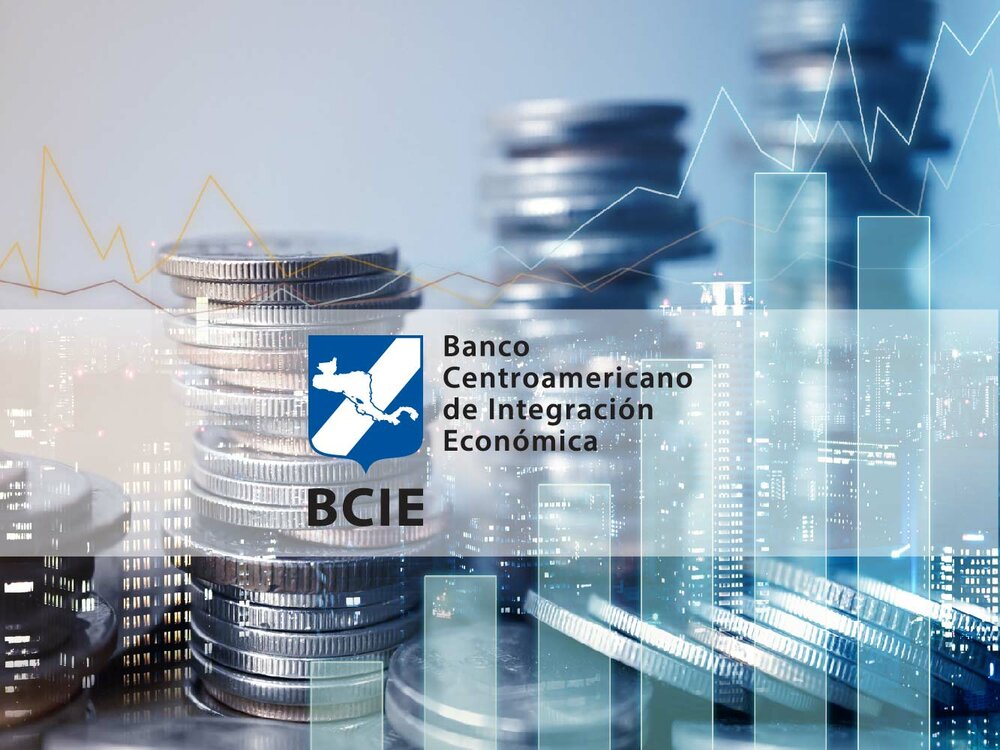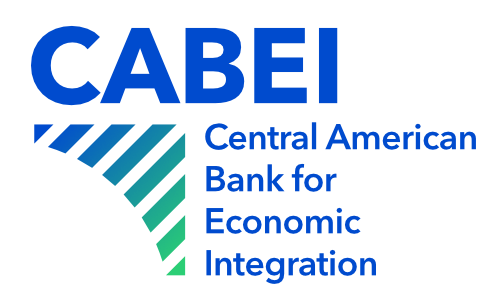CABEI is consolidated as the main multilateral source of resources for the Central American region

Since 1997 it has captured an equivalent of US$8.45 billion through bonds issued in international markets.
Tegucigalpa, October 27, 2017 (AFP SERVICES/CABEI). Since 1997 to date, the Central American Bank for Economic Integration (CABEI) has raised US$8.94 billion through the placement of bonds, of which US$8.45 billion have been placed in international financial markets; this has allowed the Bank to become the main channeler of resources for the Central American region.
CABEI has implemented a market diversification strategy through which it has issued bonds in 22 different currencies and 23 different markets. Currently its main sources of financing include financial markets in Switzerland, Taiwan and Mexico; as of June 2017, they represent 61.9% of financing provided through bonds. The expansion towards international markets has strengthened the institution through stable and competitive financing sources for the region’s development.
CABEI Executive President Dr. Nick Rischbieth noted that as a result of these placements, the Bank has recorded a sustained reduction in its financing costs. He stated that, "We believe that there is still room to continue reducing financing costs, which could decrease to a greater extent if the Bank continues to improve its risk rating."
During 2017, CABEI has captured an amount equivalent to US$659.9 million in such diverse markets as Taiwan, Norway, Hong Kong, Australia, Japan, Mexico and Uruguay. The issue made in Mexico last August has been the most efficient in terms of cost after a total of 17 issues made in that market during the last ten years.
Furthermore, the issue made in the Japanese Uridashi market in August 2017 was the Bank's first placement in two different currencies (ZAR and AUD).
The issues made in Taiwan, Norway, Australia and Uruguay have strengthened CABEI’s presence in the investor bases of these markets, while the issue made in Hong Kong was aimed at meeting the demand from investors in the Asian region.
Benefits
Dr. Rischbieth pointed out that the geographic diversification of funding sources favors the institution's uninterrupted access to capital markets to finance its operations under highly competitive conditions. Based on the above, the borrowing countries benefit from having the certainty that the development initiatives financed by CABEI will not be hindered by lack of access to resources, guaranteeing operational continuity.
According to Dr. Rischbieth, as CABEI strengthens and consolidates its credit profile through its risk rating, it increases its capacity to access better financial conditions in new or existing markets, generating a virtuous circle that ultimately improves its ability to provide benefits to borrowing countries.
By capturing resources that come from outside the region, CABEI has become a channeler of resources from international capital markets that would otherwise not reach its member countries.
Green Bonds
In its role as a multilateral development organization, CABEI recognizes the importance of sustainable natural resource and environmental management in the national and regional development agendas of its member countries.
With the aim of supporting climate change adaptation actions, a second issue was made in the Uridashi market under a "green bond" format through a note for an aggregate amount of ZAR 1.03 billion (equivalent to US$72 million) and a term of 4 years. The Uridashi market has become a recurrent market for CABEI, which enables it to diversify its investor base and access funds with a highly competitive financing cost.
Green bonds represent a potential source of financing to reach investors who are committed to environmental sustainability and identify with the Bank's commitment in this matter, as well as with the nature of the development projects it finances.
In 2017, new markets have been identified in which CABEI could streamline the success of its issuances by using a green bond format, adding value to its investor bases and at the same time improving the conditions of reception and demand for its bonds. Based on the above, the Bank's 2018 Financing Plan incorporates possible issues under a green bond format in the Japanese Samurai Markets and the Mexican Capital Market.







